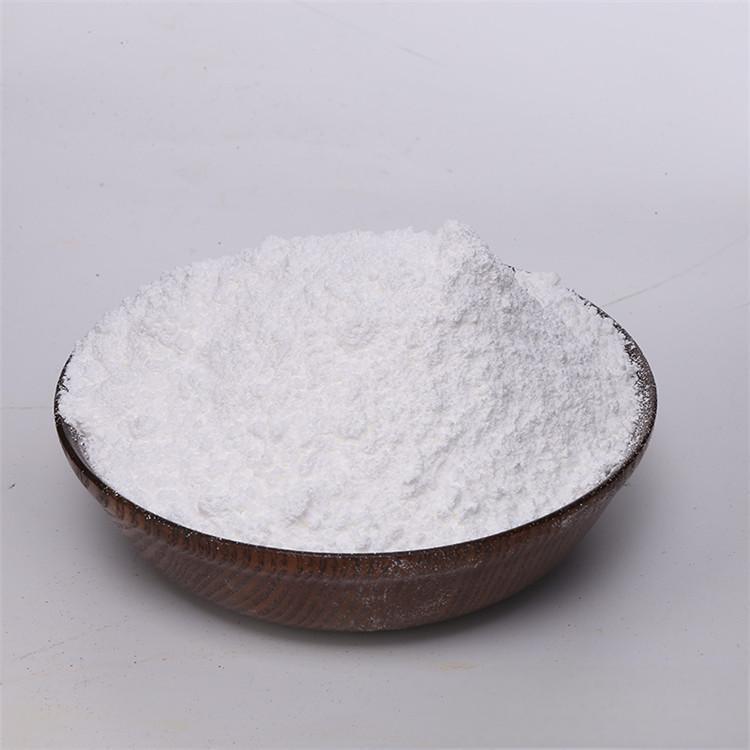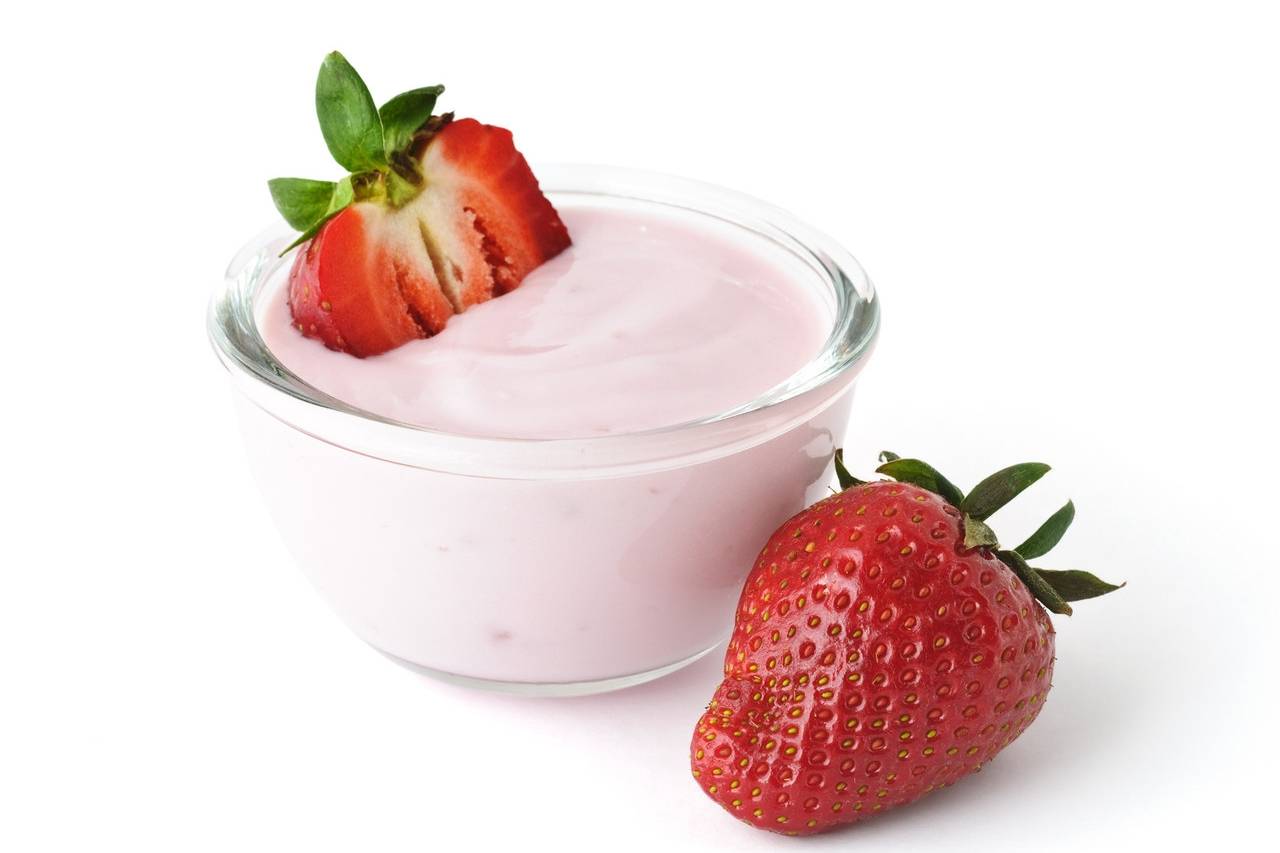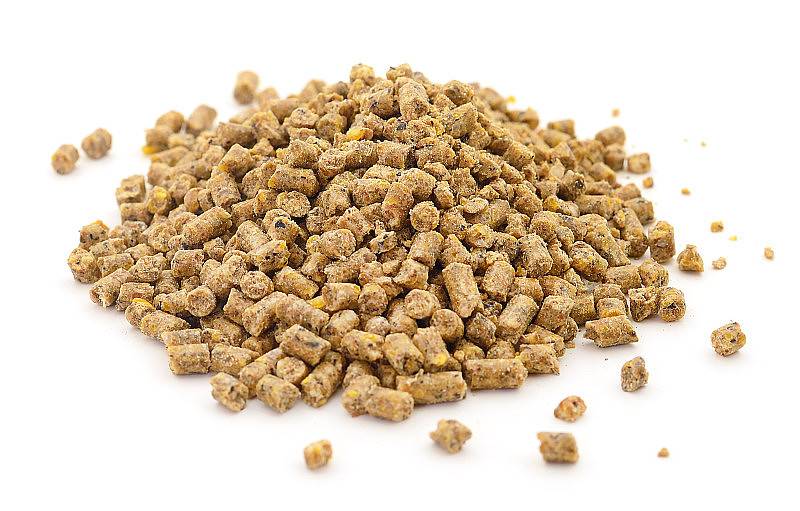What Is the Benefit of Isomaltooligosaccharide Powder?
Functional oligosaccharides are unique in the development of today's health foods and have attracted particular attention from academia at home and abroad [1-3]. Oligosaccharides, or oligosaccharides, are a general term for low-molecular-weight oligosaccharides formed by the connection of 2 to 10 monosaccharides through glycosidic bonds to form straight or branched chains.
Oligosaccharides are a type of sugar that has become popular internationally in recent years due to their nutritional and health-promoting properties. They are used as a base ingredient in functional foods and are found in various health foods and supplements. Oligosaccharides are divided into two main categories: functional oligosaccharides and common oligosaccharides. Sucrose, lactose, maltose, maltotriose and maltotetraose are all common oligosaccharides. Functional oligosaccharides include fructo-oligosaccharides, lactulose isomaltooligosaccharides, soy oligosaccharides, galacto-oligosaccharides, xylo-oligosaccharides, lacto-oligosaccharides, isomalto-oligosaccharides.
There are five methods for producing oligosaccharides or obtaining them [6]: ① extraction from natural raw materials; ② synthesis using sugar transfer reactions catalyzed by transferases and hydrolases; ③ generation using enzymatic hydrolysis of natural polysaccharides; ④ acid hydrolysis of natural polysaccharides; and ⑤ chemical synthesis.

1 Composition and characteristics of isomaltooligosaccharides
Isomaltooligosaccharides (Isomatooligosaccharide), also known as branching oliogosccharide, is a general term for oligosaccharides that are linked by α-1,6 glycosidic bonds and contain two to several monosaccharide units. Isomaltooligosaccharides mainly include isomaltose, panose, isomaltotriose and other oligosaccharides. The composition of several isomalto-oligosaccharides is shown in Table 1.
2 Physiological functions of isomalto-oligosaccharides
The unique health benefits of isomalto-oligosaccharides have promoted the development and production of various oligosaccharide products. Current research shows that isomalto-oligosaccharides have physiological functions such as bifidobacterial proliferation, inhibition of the growth and reproduction of putrefactive bacteria, low calorie, prevention of obesity, anti-caries, and anti-tumor.
2.1 Promotes the proliferation of bifidobacteria in the intestine and inhibits the proliferation of harmful intestinal flora
The new oligosaccharide maltooligosaccharides are selectively utilized by beneficial bacteria such as bifidobacteria, but cannot be utilized by intestinal putrefactive bacteria. Their degradation products, such as organic acids, lower the intestinal pH and inhibit bacterial infection ; inhibits the development of putrefactive bacteria, reducing putrefactive substances in the intestines; promotes the synthesis of B vitamins and improves the body's immune system; promotes intestinal peristalsis and prevents constipation; promotes the digestion and absorption of protein; and can effectively break down carcinogens. Therefore, it can adjust the microbial flora in the human intestine, increase the proportion of beneficial bacteria, inhibit harmful bacteria, maintain human health, and prevent aging.

2.2 It has a strong anti-caries effect
Caries is generally caused by oral microorganisms, especially Streptococcus mutans, which use ordinary sugars to multiply and then erode the teeth. The main species that cause caries, G. mutang, cannot use most isomalto-oligosaccharides, thus inhibiting the reproduction of these bacteria. Therefore, it has an anti-caries function.
2.3 Effect of reducing the incidence of cardiovascular disease
After the human body ingests most isomalto-oligosaccharides, total cholesterol, triglycerides, free fatty acids, blood glucose, and blood pressure all decrease, while the intake of the same amount of sucrose increases all of these. The mechanism may be that bifidobacteria directly affect and interfere with the activity of β-hydroxy-β-methylvaleric acid monohydride coenzyme A reductase, inhibiting cholesterol synthesis and reducing serum cholesterol. Therefore, the incidence of cardiovascular disease can be reduced.
2.4 Non-dependent and indigestible, preventing obesity
The new oligosaccharide isomalto-oligosaccharide has the configuration A21,62 glycosidic bond, which is not hydrolyzed by the enzymes in human saliva or the digestive enzymes in the small intestine. Therefore, it is indigestible. In addition, after a normal person ingests this oligosaccharide, neither their blood glucose level nor their blood insulin level rises. It can prevent and treat obesity and is a health sweetener for diabetics.
2.5 Other physiological functions
include promoting the absorption and digestion of nutrients in the intestines, acting as a water-soluble fiber, preventing intestinal cancer, and treating constipation.
3 Development of isomalto-oligosaccharides
There are currently two main methods for preparing isomalto-oligosaccharides: the first is the inverting reaction of the enzyme glucoamylase, which occurs in a high-concentration glucose solution and condenses glucose into isomaltose, maltose and other oligosaccharides, but the isomaltose content is not high; the second is the use of maltose in hydrolyzed by A2 glucosidase to produce two molecules of glucose; the free glucose residue is then transferred by A2 glucosidase to another glucose molecule and linked by an A21,6 glycosidic bond to form isomaltose, or if the acceptor is maltose, to form panose.
In Japan, industrial enzymes are used to produce isomaltulose from starch. The process involves two main steps: the first step is to use α-amylase to hydrolyze starch to obtain maltose syrup, and the second step is to use α-D-glucosidase and β-amylase to carry out sugar transfer, and isomaltooligosaccharides are obtained. Then, conventional filtration, decolorization, desalination, and concentration are carried out. The yield of isomaltooligosaccharides produced by this method is about 50% (IMO-500)[7].
4 Isomaltooligosaccharide applications in the food industry
4.1 Functional foods and nutritious foods
Domestic and foreign scholars have used the health benefits of isomaltooligosaccharides to develop various functional foods, such as functional health drinks, with added isomaltooligosaccharides. Xu Yong and others developed a maltooligosaccharide sports drink that can replenish energy, increase physical strength and the anti-fatigue effect of liver glycogen [8].

4.2 Pastries and baked goods
Isomaltooligosaccharides can be used as a partial substitute for sucrose in the production of bread, biscuits, cakes, jellies, chocolates, cookies and various candies. They have a moisturizing effect on these foods and delay the aging of starch. They maintain a certain sweetness while also preventing tooth decay.
4.3 Other foods
Isomaltooligosaccharides can also be used in ice cream, ice cream, sweet sauces, yogurt and various dairy products to enhance the nutritional value of these foods.
5 Conclusion
With the rapid development of China's economy and the improvement of people's living standards, nutritious and therapeutic foods are becoming increasingly popular. People pay attention to the quality, nutrition and health care properties of foods. Isomalto-oligosaccharides are a new type of excellent food additive that will be the sweetener and nutritious, therapeutic and functional food of the 21st century. The market prospects for the development of isomalto-oligosaccharides are very broad. It is developing rapidly abroad, but more slowly domestically. Industrialization only began in 1995, with an annual production of only a few dozen tons. It is expected that the demand for isomaltose will reach the 10,000-ton level in the next few years. China has a large population and an abundance of starch raw materials. Corn, sweet potatoes, etc. can all be used as raw materials, and isomaltulose can be produced using bioenzyme engineering technology. Therefore, vigorously developing the research and development of isomalto-oligosaccharides in China will promote the development of health foods in China and will definitely generate huge economic and social benefits.
References
[1 ]Toshio T. Denpun Kagaku, 1993, 40(2):203
[2 ]Rastall RA, Bucke C. Genetic Eng. Rev., 1992, 10:253
[3 ]Kitahata S. Denpun Kagaku, 1990, 37(2):59
[4 ]Zheng Jianxian, Functional Foods. Beijing: China Light Industry Press
[5 ]Zheng Jianxian, Geng Liping. Food and Fermentation Industry, 1997,(2):39
[ 6] Cao Jinsong, Wang Xiaoqin, Peng Zhiying. Food and Fermentation Industry, 1999,(4):41
[7 ]Geng Yuhuan, Zhang Benshan, Yu Shujuan. Food Industry, 1997,(3):3
[8] Xu Keyong, Ye Mengtao, Feng Weihua. Food Science and Technology, 1999, (1): 38


 English
English French
French Spanish
Spanish Russian
Russian Korean
Korean Japanese
Japanese






